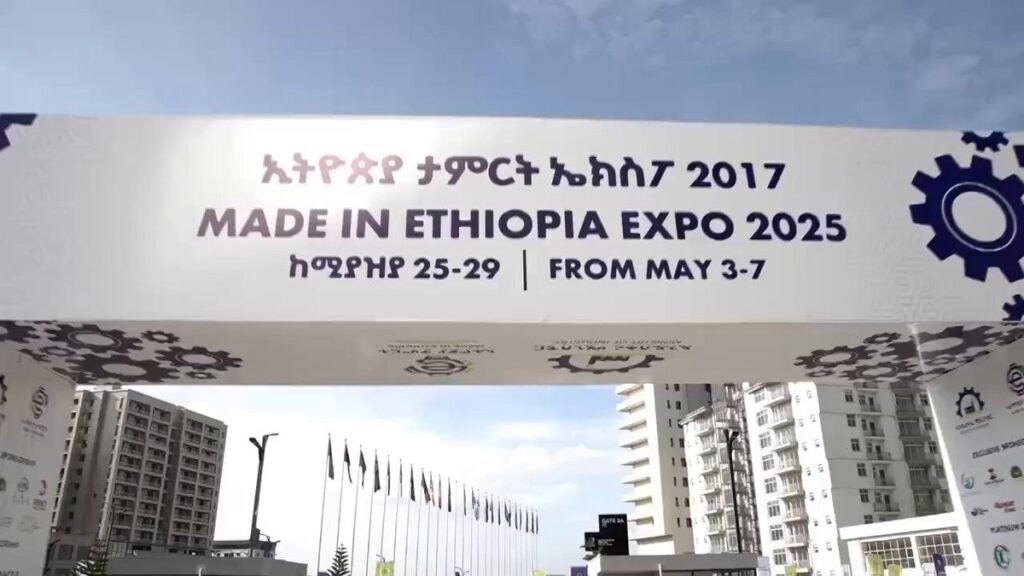May 16 , 2025
The “Made in Ethiopia 2025” Expo, officially launched on Saturday (May 3) at the Addis International Convention Center, ran for five days, highlighting Ethiopia’s growing efforts to build an economy centered on manufacturing. The event brought together 288 local producers who displayed a diverse range of products, from leather goods and textiles to processed food items. It served as a strong signal of the country’s ongoing shift from primary sectors toward industrialization.
Prime Minister Abiy Ahmed presided over the inauguration ceremony of the Expo, reinforcing high-level political support for the initiative. On Tuesday (May 6), President Taye Atske Selassie also visited the exhibition and emphasized the government’s commitment to advancing a manufacturing-led economy. Speaking after his visit, the President described the movement as a practical step toward realizing Ethiopia’s ambition of industrial transformation. He cited the range of showcased products, including internationally competitive leather items, as evidence of the movement’s potential to improve export performance.
The President stressed that revitalizing manufacturing is central to Ethiopia’s long-term development. Referring to the success of other countries with strong industrial foundations, he noted that manufacturing capacity is key to generating broad-based economic growth and job creation. A well-established industrial sector, he said, is not optional for a country with serious development goals.
According to the Office of the Prime Minister, the “Made in Ethiopia” movement, now in its third year, has already delivered encouraging results. Manufacturing sector growth increased from 4.8 percent in the 2014 Ethiopian calendar fiscal year to 8.4 percent in 2016. Current projections suggest it could reach 12 percent this fiscal year. In parallel, production capacity utilization reached 61.2 percent in the first nine months of the current year. Manufacturing revenues grew from 2.1 billion dollars in 2014 to 3.1 billion dollars over the same nine-month period in 2017. This rise in output is also reflected in increased energy consumption, which climbed from 3.88 billion kilowatt-hours in 2015 to 4.67 billion in 2016.
The Ministry of Industry attributes much of this progress to targeted interventions and institutional support under the “Made in Ethiopia” framework. State Minister Tarekegn Bululta confirmed that over 830 industries that had halted operations for various reasons have now resumed production. While the sector’s contribution to GDP remains under 6.8 percent, the goal is to raise that to 17.2 percent. This will require continued investment, improved competitiveness, and broader policy coordination.
The Expo aims to turn the “Made in Ethiopia” campaign into a durable pillar of national development by anchoring the economy in industrial output and local productivity.

